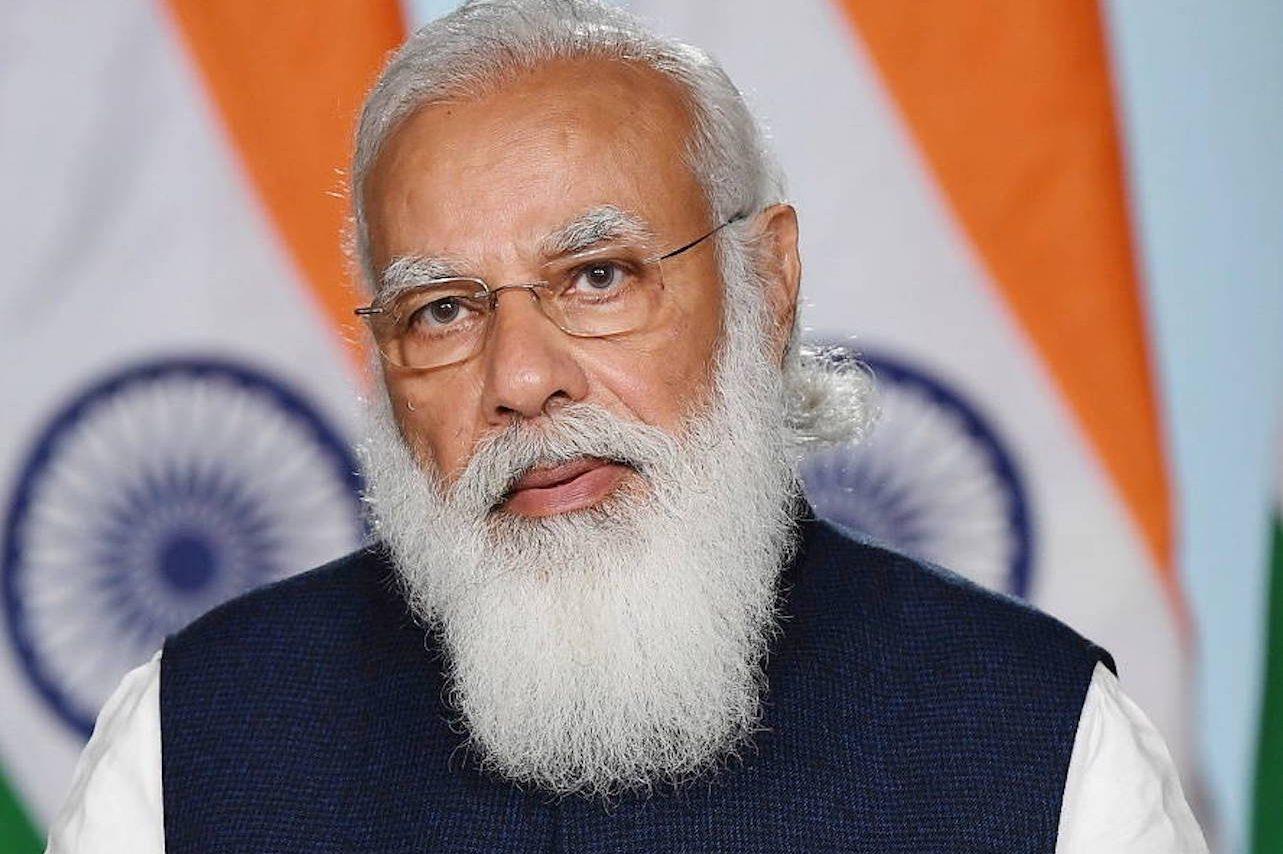Dark Shadows Over Nepal
Home to the tallest mountain in the world and arguably the most beautiful landscape on Earth, nonetheless it is susceptible to terrifying earthquakes.
Its multi-ethnic people are renowned as much for their constancy and stoicism as their friendliness, but also grinding poverty.
But politically, the country is more often seen as a basket case, none more so than in the current violent movement to restore the monarchy.
Modern-day Nepal saw the Shah Dynasty founded in 1768, but during the Rana Oligarchy from 1846 to 1951 the monarchs were purely titular.
With collaboration from the highly revered King Tribhuvan, the Ranas were displaced and an era of what was promised to be parliamentary sovereignty was ushered in, mainly under the aegis of the Nepali Congress Party, which the Ranas had banned.
Surprise, surprise, the politicians could not get their snouts in the trough fast enough, and so in 1961 King Mahendra abolished the nascent 1959 constitution and replaced it in 1962 with the party-less Panchayat System.
This placed all power in the hands of a politically astute king, despite which the wily politicians still managed to game the system to their personal advantage.
The accession of overseas-educated King Birendra in 1972 oversaw a marked move toward establishing a constitutional monarchy, and he did not resist the establishment of full democratic rule in 1990.

Legal Disclaimer:
MENAFN provides the
information “as is” without warranty of any kind. We do not accept
any responsibility or liability for the accuracy, content, images,
videos, licenses, completeness, legality, or reliability of the information
contained in this article. If you have any complaints or copyright
issues related to this article, kindly contact the provider above.
Most popular stories
Market Research

- Brazil Edtech Market Size, Share, Trends, And Forecast 2025-2033
- Vietnam Vegan Food Market Size, Share, Trends And Report 2025-2033
- Cryptogames Introduces Platform Enhancements Including Affiliate Program Changes
- Accounting And Bookkeeping Service Business Plan 2025: How To Start, Operate, And Grow
- USDT0 And Xaut0 Are Now Live On Polygon
- Global Open Banking Market 20252033: Services, Deployment & Distribution Trends


























Comments
No comment